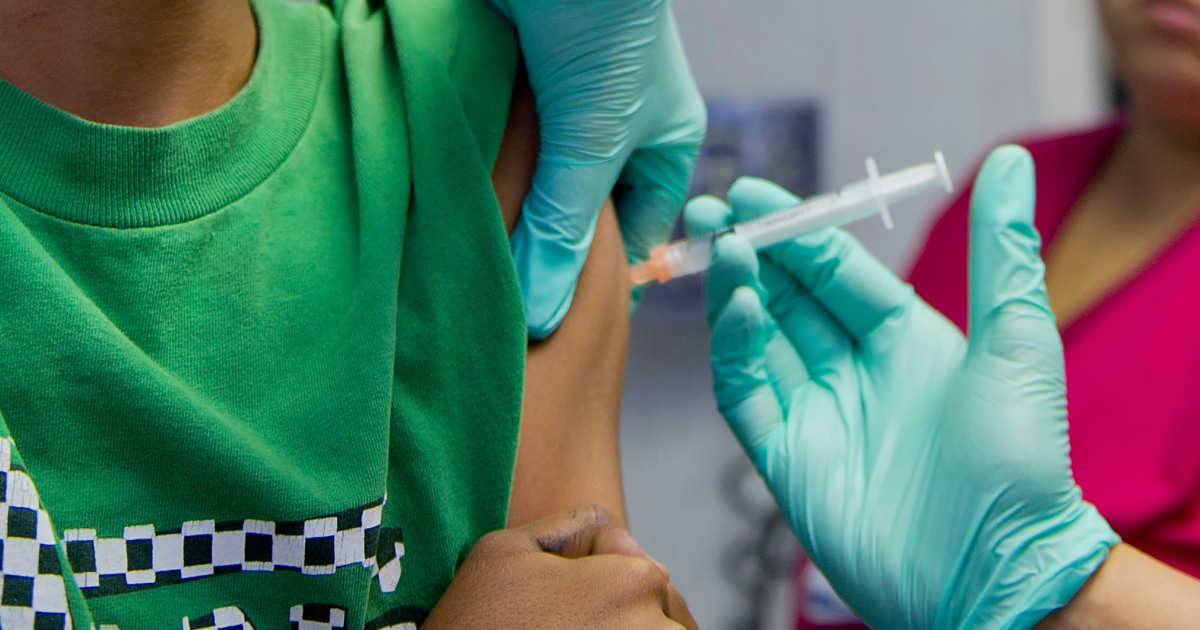Rising Threat: Whooping Cough Cases Surge Amidst Declining Vaccination Rates
Health officials across multiple countries are reporting a sharp increase in whooping cough (pertussis) cases as vaccination rates continue to decline. The highly contagious respiratory infection, particularly dangerous for infants and young children, has seen a 300% spike in some regions compared to pre-pandemic levels. Experts attribute this alarming trend to pandemic-related healthcare disruptions, vaccine hesitancy, and waning immunity among adults.
The Resurgence of a Preventable Disease
Whooping cough, once nearly eradicated in developed nations, is making a dangerous comeback. Recent data from the World Health Organization shows:
- Global cases increased by 79% between 2021-2023
- Infant hospitalization rates doubled in Europe and North America
- Outbreaks occurring in 27 U.S. states and 15 European countries
“This is exactly what we warned about when vaccination rates began dropping,” says Dr. Elena Rodriguez, infectious disease specialist at Johns Hopkins University. “Pertussis was never truly gone, and now we’re seeing the consequences of lowered herd immunity.”
Understanding the Vaccination Gap
The current crisis stems from multiple factors converging simultaneously:
- Pandemic disruptions: Routine childhood immunizations fell by 8-12% globally during COVID-19 lockdowns
- Vaccine hesitancy: Misinformation has eroded trust in all vaccines, not just COVID-19 shots
- Adult immunity waning: Many adults haven’t received recommended Tdap boosters
Dr. Michael Chen, pediatrician and vaccine researcher, explains: “The DTaP vaccine series provides excellent protection in childhood, but immunity fades. Without boosters, adolescents and adults become susceptible again – and can unknowingly spread it to vulnerable populations.”
Why Whooping Cough Poses Serious Health Risks
The disease earns its name from the distinctive “whooping” sound patients make when gasping for air after severe coughing fits. Beyond being uncomfortable, pertussis can lead to:
- Pneumonia (occurring in 1 of 5 infant cases)
- Seizures and neurological complications
- Hospitalization for 50% of infected babies under 1 year
- Death in approximately 1% of infant cases
In Massachusetts, a recent outbreak hospitalized 12 newborns, two requiring intensive care. “These babies were too young to be fully vaccinated,” notes public health nurse Sarah Wilkins. “Their protection depended on community immunity that’s now breaking down.”
The Economic and Social Impact
Beyond health consequences, whooping cough outbreaks strain healthcare systems and families:
- Average hospital stay costs $15,000-$30,000 per pediatric case
- Parents lose 7-10 workdays caring for sick children
- Schools report 20-30% absenteeism during outbreaks
Chicago Public Schools recently reinstated vaccination requirements after three elementary schools closed temporarily due to pertussis clusters. “We can’t afford to keep shutting down classrooms,” states district health coordinator David Miller.
Addressing Vaccine Hesitancy and Misinformation
Public health campaigns face an uphill battle against pervasive myths. Common misconceptions include:
- False claims linking vaccines to autism (thoroughly debunked by research)
- Overestimation of “natural immunity” benefits
- Underestimation of disease severity
Dr. Rodriguez counters: “The science couldn’t be clearer. Vaccine-preventable diseases are reappearing exactly where immunization rates drop. This isn’t coincidence – it’s cause and effect.”
Innovative Approaches to Boost Vaccination Rates
Some regions are implementing creative solutions:
- Mobile vaccination clinics at parks and shopping centers
- Text message reminder systems for booster shots
- Community education programs featuring local healthcare providers
- School-based vaccination drives with parental consent
Australia’s “No Jab, No Pay” policy, which withholds certain benefits from families refusing vaccinations, increased childhood immunization rates by 3 percentage points within two years. However, such mandates remain controversial in many countries.
The Path Forward: Protecting Vulnerable Populations
Experts agree on several key strategies to curb the whooping cough resurgence:
- Pregnant women: Receiving Tdap vaccine during third trimester passes antibodies to newborns
- Healthcare workers: Regular booster shots to prevent hospital transmission
- Schools: Verifying vaccination records and offering catch-up programs
New parents and caregivers: Ensuring all family members are up-to-date on boosters
As Dr. Chen emphasizes, “This isn’t just about individual choice. Vaccination is a collective responsibility that protects those who can’t protect themselves – especially infants too young for full immunization.”
What You Can Do Today
Health officials urge the public to:
- Check vaccination records with healthcare providers
- Schedule missed doses or boosters promptly
- Consult reliable sources like CDC or WHO for accurate information
- Discuss concerns with trusted medical professionals
The whooping cough resurgence serves as a stark reminder of public health’s fragile nature. As vaccination rates decline, diseases once thought controlled come roaring back. With concerted effort between healthcare systems, communities, and individuals, this dangerous trend can be reversed – but time is of the essence.
Call to Action: If you’re unsure about your vaccination status, contact your healthcare provider today or visit your local public health clinic for a free immunization check. Protecting yourself means protecting your entire community.
See more WebMD Network



